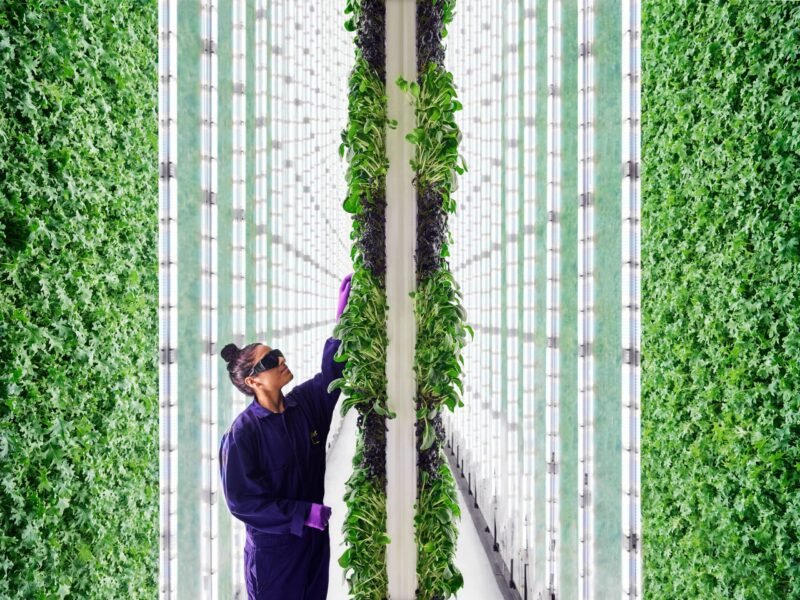Grow Some Food. It Is Good
 Growing vegetables in your own home has abundant benefits, including money-saving, environmental sustainability, and even as a source of creativity. From our garden patch in inner-city Melbourne, we produced abundant crops of garlic, lettuce, herbs, tomatoes, cucumbers and other vegetable goodies. Sometimes our crops were so successful we were able to share the excess produce with friends and family. When we moved from Melbourne to Hobart two years ago, we consciously chose to divest ourselves of possessions and also scale-down our space requirements. We now live in an upstairs apartment, which is warm, light and comfortable. But I still miss my garden patch. The Window Farm project is designed for people who live in inner-city apartments like me. Through a residency at Eyebeam in 2009, Britta Riley and Rebecca Bray built and tested the first prototype. Window Farms has developed into a successful collaborative project with an active website and online community.
Growing vegetables in your own home has abundant benefits, including money-saving, environmental sustainability, and even as a source of creativity. From our garden patch in inner-city Melbourne, we produced abundant crops of garlic, lettuce, herbs, tomatoes, cucumbers and other vegetable goodies. Sometimes our crops were so successful we were able to share the excess produce with friends and family. When we moved from Melbourne to Hobart two years ago, we consciously chose to divest ourselves of possessions and also scale-down our space requirements. We now live in an upstairs apartment, which is warm, light and comfortable. But I still miss my garden patch. The Window Farm project is designed for people who live in inner-city apartments like me. Through a residency at Eyebeam in 2009, Britta Riley and Rebecca Bray built and tested the first prototype. Window Farms has developed into a successful collaborative project with an active website and online community.
“Riley came up with the idea for the project in 2008 after reading Michael Pollan’s ‘Why Bother?’ article in the New York Times Magazine in conjunction with Clay Shirky’s book Here Comes Everybody. She wanted to grow some of her own food but lived in a 5-story walk-up in Brooklyn. Rooftop growing was problematic, so harnessing the light in the window plus the year-round climate control of an apartment seemed promising. With limited space, dirt growing was not an option. So, the challenge was to make hydroponics vertical and optimized for the window space.”
Putting recycled consumer goods to use is an important part of the DIY ethic. Made from easily sourced and inexpensive materials, the garden is based on a hydroponic drip-system of recycled water bottles, clay pellets, plastic tubing and aquarium air pumps. “We’re kind of showing that we can actually get really, really far using things that we already have available to us as consumers,” Riley says. The Window Farms project forms part of a R&D-I-Y (research and develop it yourself) approach which plans to harness the power of crowd-sourcing and mass collaboration to solve environmental problems.



